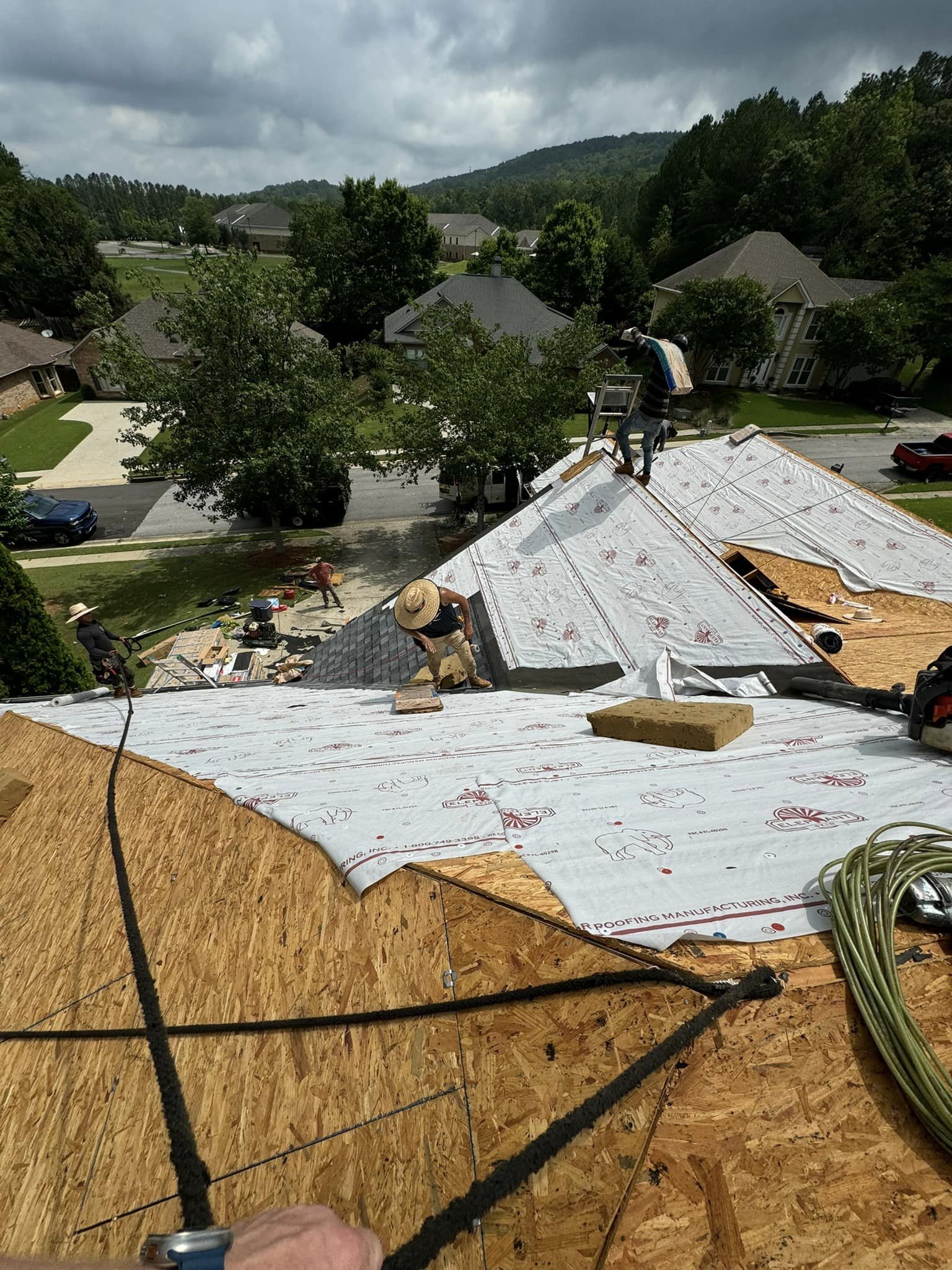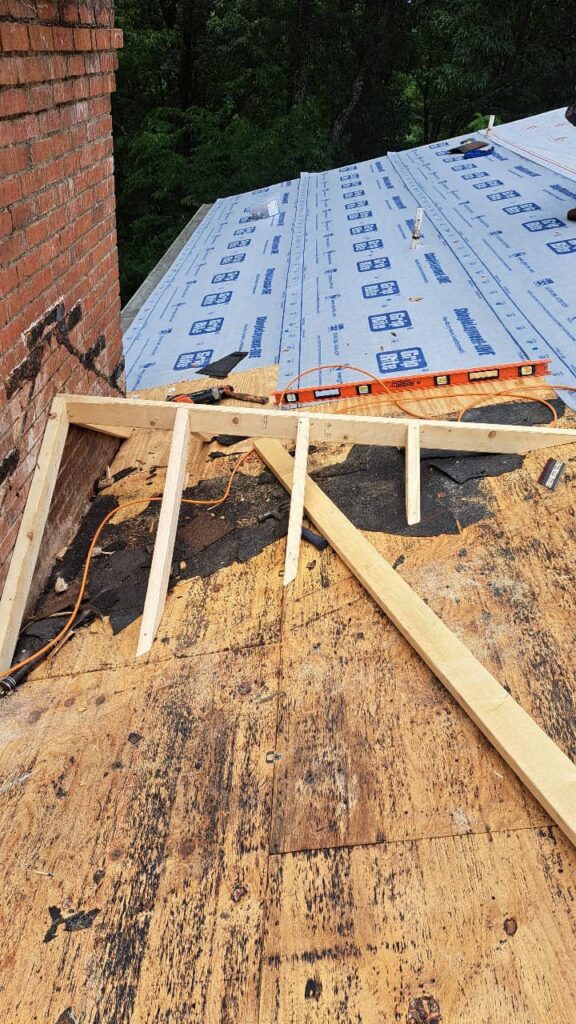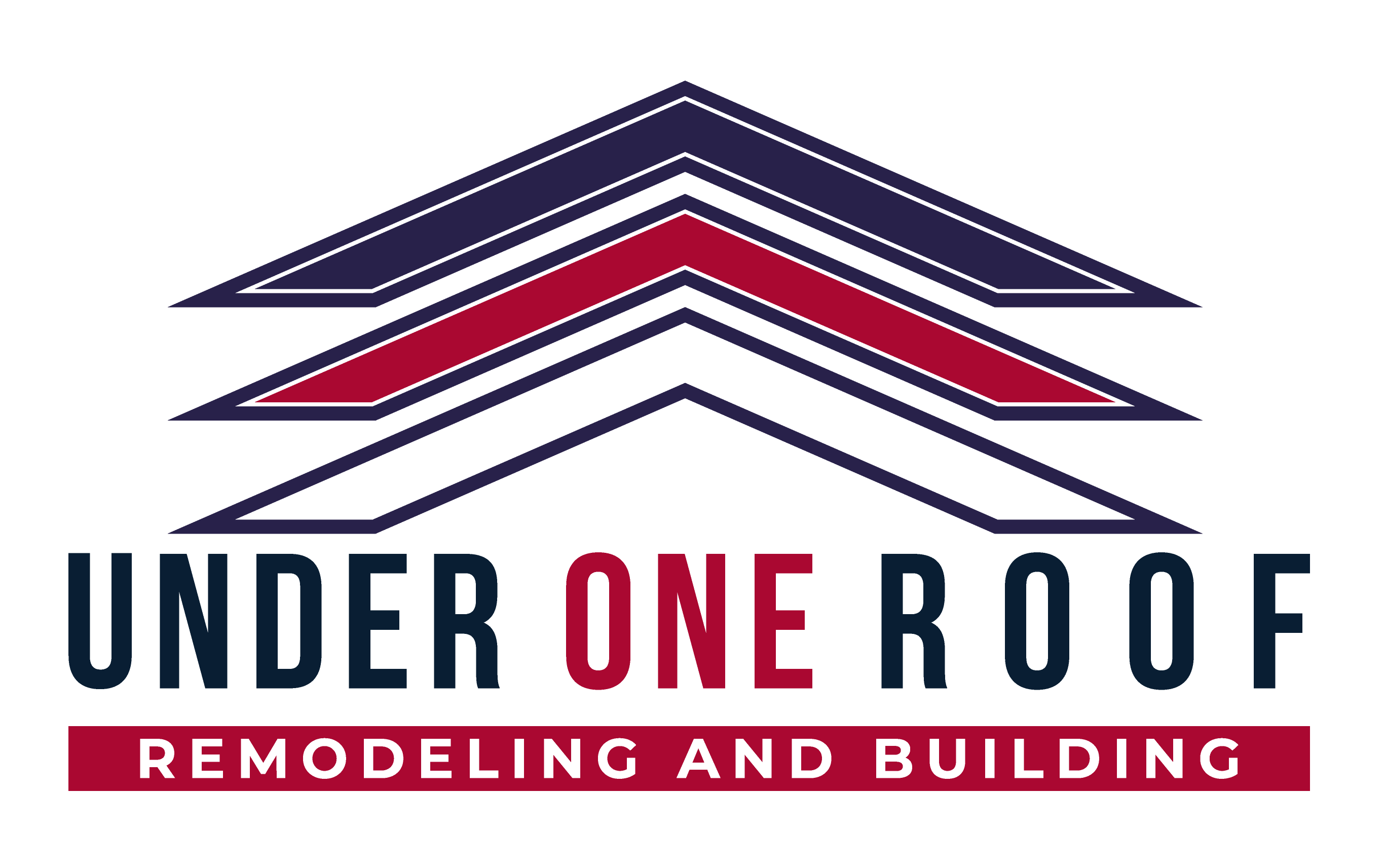Have you ever considered the impact of poor ventilation on your roof? It might surprise you to know that inadequate airflow can lead to a host of common roofing problems for Birmingham homeowners. From roof leaks to ice dams, these issues can compromise the integrity of your home. But fear not, as practical solutions are available to tackle these challenges head-on. By understanding the root causes and implementing strategic maintenance strategies, you can safeguard your roof against potential damage and guarantee its longevity.
Key Takeaways
- Address leaks promptly to prevent water damage.
- Consult professionals for missing shingle repair or replacement.
- Ensure proper ventilation to prevent mold and ice dams.
- Regularly clean gutters to avoid clogs and water damage.
- Reinforce the roof truss for structural integrity and stability.
Roof Leaks
If you notice water stains on your ceiling or walls, it’s important to address roof leaks promptly to prevent further damage to your home’s interior.
One common cause of roof leaks is damaged roof flashing. Roof flashing is the material used to seal joints and prevent water from seeping into your home. It can deteriorate over time due to weather exposure, leading to leaks. To fix this issue, you can repair or replace the flashing with the help of a professional roofer.
Waterproofing techniques are essential to prevent roof leaks. Applying a waterproof sealant to your roof can provide an extra layer of protection against water infiltration. Regularly inspecting your roof for any signs of wear and tear can help you catch potential issues before they escalate into leaks. Additionally, ensuring that your gutters are clear of debris can prevent water from pooling on your roof and causing leaks.

Missing Shingles
If you’ve observed missing shingles on your roof, it’s crucial to evaluate your options for replacement. Understanding the distinction between repair and replacement can assist you in making a well-informed decision. Evaluate the extent of the damage and assess the pros and cons of each choice to guarantee the longevity and protection of your home.
Shingle Replacement Options
Consider replacing any missing shingles on your roof with high-quality asphalt shingles to ensure long-lasting durability and protection against the elements.
If you’re looking for a cost-effective option that still provides good durability, asphalt shingles are a popular choice among Birmingham homeowners. They come in various styles and colors to complement your home’s aesthetic. Additionally, asphalt shingles are relatively easy to install, making them suitable for both professional roofers and those choosing DIY repairs.
While metal roofing is another option to explore due to its longevity and ability to withstand harsh weather conditions, asphalt shingles remain a preferred choice for many because of their versatility and affordability.
When replacing missing shingles, make sure you closely match the new shingles to the existing ones to maintain a uniform look across your roof. By selecting high-quality materials and following proper installation techniques, you can effectively address missing shingles and safeguard your home from potential water damage.
Repair Vs. Replacement
When determining whether to repair or replace missing shingles on your roof, assess the extent of the damage and consider the overall condition of your roofing system. If only a few shingles are missing, a repair might suffice, especially if the rest of the roof is in good shape.
DIY roof repairs can be a cost-effective solution for minor issues, but always make sure you match the replacement shingles correctly. However, if a large area is affected or if your roof is nearing the end of its lifespan, a replacement might be more prudent for guaranteeing the longevity of your roof.
Before making a decision, it’s advisable to compare repairs and replacement costs. While repairs may seem cheaper initially, frequent repairs can add up, making a replacement the more cost-effective option in the long run.
For a thorough assessment of the situation, consider consulting a professional roofer to provide expert guidance on the best course of action.
Poor Ventilation
Proper roof ventilation is essential for maintaining a healthy and long-lasting home. Without adequate ventilation, heat and moisture can build up in the attic, leading to issues like mold growth and premature roof deterioration.
Consider solutions such as installing roof vents or a ridge vent to guarantee proper airflow and protect the integrity of your roof.
Ventilation Importance
Proper ventilation plays a crucial role in maintaining the longevity and efficiency of your roof, especially when addressing issues related to poor ventilation. Ventilation benefits your home by regulating temperature extremes, preventing moisture buildup, and enhancing energy efficiency.
Regular maintenance is essential to guaranteeing your roof’s ventilation is at its best. Implementing best practices such as inspecting vents for blockages, ensuring proper insulation, and installing ridge vents can greatly improve your roof’s ventilation system.
When ventilation is insufficient, your roof becomes susceptible to various problems like moisture damage, mold growth, and decreased energy efficiency. These issues can lead to costly repairs and a shortened lifespan for your roof.
Ventilation Solutions
Wondering how to address poor ventilation in your roof effectively? When dealing with inadequate ventilation, incorporating a combination of attic fans, ridge vents, soffit vents, and gable vents can greatly improve airflow and prevent potential roofing issues.
Attic fans are a proactive solution, helping to regulate temperatures and moisture levels in the attic space.
Ridge vents work in conjunction with soffit vents, creating a continuous airflow that flushes out hot air and moisture.
Soffit vents are essential for allowing cool, fresh air to enter the attic, while gable vents help with air circulation and heat dissipation.
Ice Dams
Dealing with ice dams on your roof during the winter can lead to costly water damage if not addressed promptly. Preventing ice dams is vital, and one effective way is to make sure your attic is well-insulated. Proper insulation helps maintain a consistent roof temperature, preventing snow from melting unevenly and forming dams.
Ensure your attic is adequately ventilated as well, as this can help regulate the temperature and reduce the likelihood of ice dams forming.
If you already have ice dams, it’s important to address them promptly. While removing ice dams yourself can be risky, especially without the right tools and experience, seeking professional help is often the safest and most effective solution. Professional roofers have the expertise and equipment to safely remove ice dams without causing damage to your roof.
Mold and Mildew
To prevent mold and mildew issues in your home, it’s important to maintain proper ventilation and keep moisture levels in check. Mold and mildew thrive in damp environments, so ensuring good airflow in your home is essential. Regularly check for leaks in your roof and address any issues promptly to prevent water from seeping in and creating a breeding ground for mold.
Preventing the growth of mold and mildew starts with controlling moisture levels. Use dehumidifiers in areas prone to dampness, such as basements or attics. Additionally, fixing any plumbing leaks and ensuring proper ventilation in bathrooms and kitchens can greatly reduce the risk of mold growth.
Regarding cleaning techniques, tackle mold and mildew as soon as you spot them. Use a mixture of water and detergent to scrub affected areas, then thoroughly dry the surface. For stubborn mold, a solution of water and bleach can be effective, but be sure to ventilate the area well while using bleach.
Regularly inspecting your roof for leaks, maintaining proper ventilation throughout your home, and promptly addressing any moisture issues are key steps in preventing mold and mildew growth. By staying proactive, you can keep your home safe and healthy for you and your family.

Sagging Roof
Examining your roof for signs of sagging is essential to maintaining its structural integrity and preventing further damage. A sagging roof can indicate issues with the roof trusses, which are the framework that supports the roof.
If you notice your roof dipping in the middle or areas where it should be straight, it’s important to address this promptly. Neglecting a sagging roof can lead to more significant structural problems and potential safety hazards.
Reinforcement of the roof trusses may be necessary to address a sagging roof. This involves adding support beams or additional bracing to strengthen the framework and restore the roof’s integrity. It’s crucial to consult a professional roofer to assess the extent of the sagging and recommend the appropriate reinforcement solution.
Structural integrity is key to the longevity of your roof. Ignoring signs of sagging can result in further damage to the roof and the interior of your home. Support beams play a critical role in keeping your roof stable and secure.
Regular inspections and timely repairs are essential in maintaining the structural integrity of your roof and ensuring the safety of your home and family.
Clogged Gutters
Inspecting your gutters regularly is vital to prevent clogs and potential water damage to your home’s foundation. Proper gutter maintenance is essential to avoid costly repairs down the line. Clogged gutters can lead to water overflowing and seeping into your home’s foundation, causing structural issues and mold growth. To prevent these water damage and foundation issues, it’s important to keep your gutters clear of debris.
One effective prevention method is to clean your gutters at least twice a year, especially in the fall when leaves are shedding and in the spring after the pollen season. You can also consider installing gutter guards to help keep debris out while allowing water to flow freely. Additionally, inspect your gutters for any signs of damage, such as cracks or sagging, as these can contribute to clogs and poor drainage.
If you notice your gutters are clogged, take action promptly to avoid potential water damage. Use a sturdy ladder and gloves to remove debris manually, or use a pressure washer for tougher clogs. Remember to check the downspouts for blockages as well.
Addressing common roofing problems in Birmingham is crucial for maintaining the integrity and longevity of your roof. By taking proactive steps like regular inspections, proper ventilation, and timely repairs, you can safeguard against costly damages and guarantee your roof remains in top condition for years. Don’t wait until it’s too late – take action now to protect your home.




